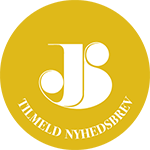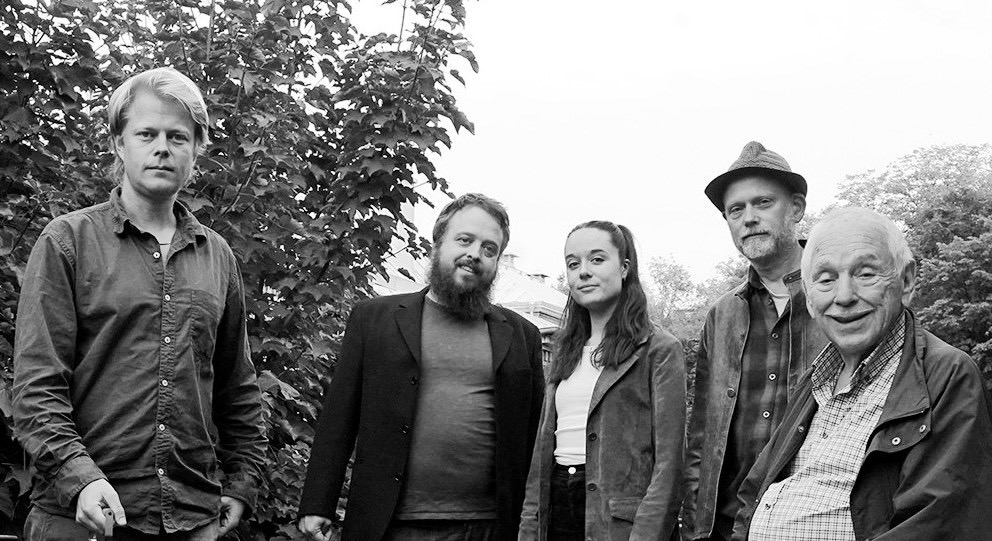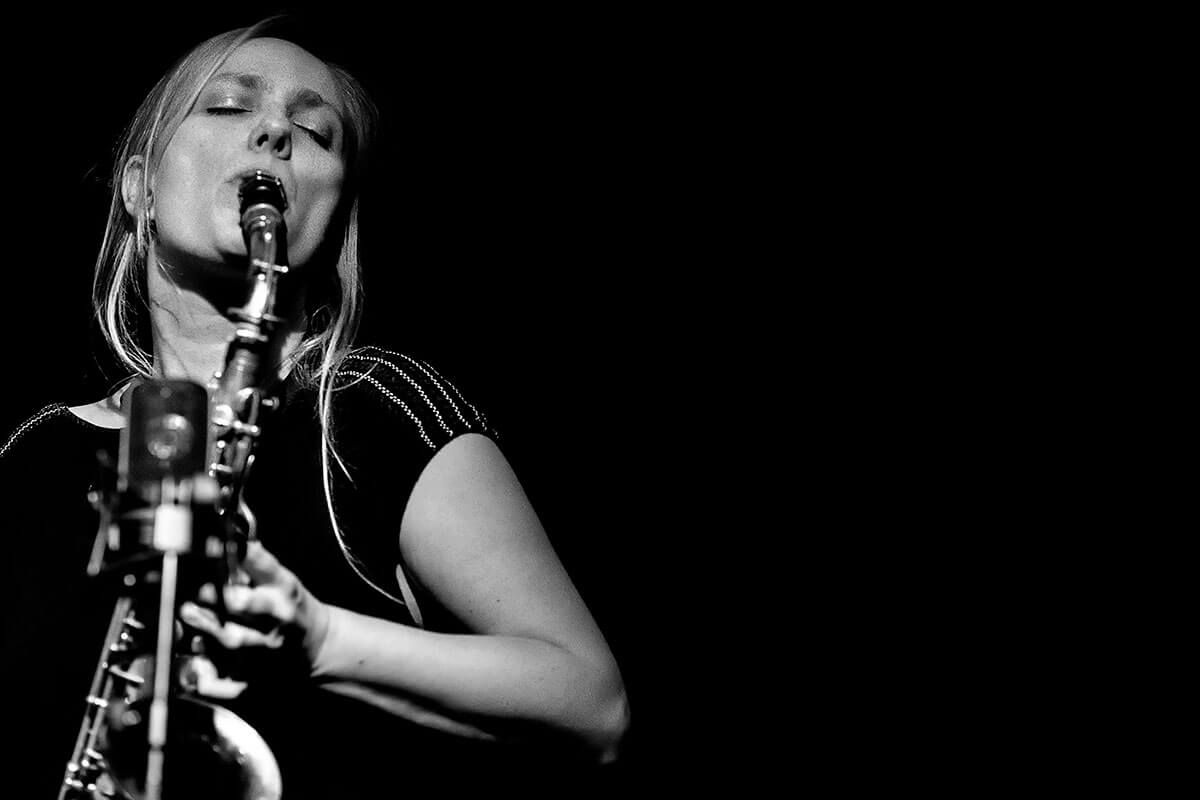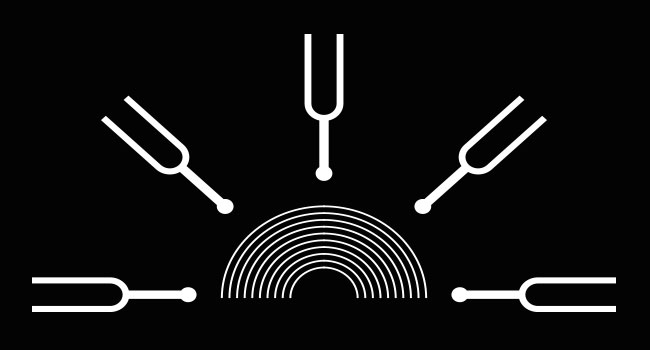Cup and Handle Pattern: How to Trade and Target with an Example
In addition, the cup phase might last a really long time, and may not lead to a handle. In the final stage, where the handle forms, this is where the final battle of the bulls and bears take place. The confirmation will come from the “handle” part of the price pattern, which is like a small pullback before the price https://www.bigshotrading.info/ explodes upwards. You can think of it as pushing down on a loaded spring, to build up more pressure just before the release. Just choose the course level that you’re most interested in and get started on the right path now. When you’re ready you can join our chat rooms and access our Next Level training library.
The first opportunity would be to enter during the handle phase before the breakout, but if you miss that, they next best chance is to enter on the first pullback after the breakout. We put all of the tools available to traders to the test and give you first-hand experience in stock trading you won’t find elsewhere. Each day we have several live streamers showing you the ropes, and talking the community though the action. The accuracy rate of the formation is
around 65% if we trade it on a daily timeframe. The context of this particular inverted cup and handle allows us to scale in. Afterward, the market went straight to the
target, which eventually turned out to be the bottom of the downtrend.
What is a cup and handle pattern?
Spread bets and CFDs are complex instruments and come with a high risk of losing money rapidly due to leverage. 69% of retail investor accounts lose money when spread betting and/or trading CFDs with this provider. You should consider whether you understand how spread bets and CFDs work and whether you can afford to take the high risk of losing your money. Elearnmarkets (ELM) is a complete financial market portal where the market experts have taken the onus to spread financial education. ELM constantly experiments with new education methodologies and technologies to make financial education effective, affordable and accessible to all. Moreover, you should closely monitor the volume as the breakouts with low volume is less likely to sustain.
- Another issue has to do with the depth of the cup part of the formation.
- The handle ideally forms over a span of 1-4 weeks or even higher depending upon the time period of the cup.
- Chances of a trade going in your favour increases when you are taking a trade in the direction in which a stock is moving and not against it.
- The cup and handle pattern is a trading pattern that can be analysed in all financial markets.
- The second part of the inverted cup and handle is the “handle”, a pullback that can come in various forms.
- Near its top, which is now a resistance, selling pressure comes in.
A trend change happens when the price breaks through key support or resistance levels. It is created when the stock price declines after reaching a peak, forms an upside-down cup shape, and then rallies back to near the previous high before declining again. This is an example of Cup and Handle as a continuation pattern in Nifty news which was formed in a span of about 2 years.
Plan your trading
It topped out at $41.66 in April and pulled back to the 38.6% retracement of the last trend leg. Price carved out a choppy but rounded bottom at that level and returned to the high in June. It then ground sideways in a consolidation pattern (first blue box) that lasted for more than five weeks, or close to half the time it took for the cup segment to complete. Wynn Resorts, Limited (WYNN) went public on the Nasdaq exchange near $11.50 in October 2002 and rose to $164.48 five years later. The subsequent decline ended within two points of the initial public offering (IPO) price, far exceeding O’Neil’s requirement for a shallow cup high in the prior trend. The subsequent recovery wave reached the prior high in 2011, nearly four years after the first print.
On the other hand, a reversal pattern occurs after a prolonged downtrend and reverses the prior trend. If the price oscillated up and down several times within the handle, a stop-loss might also be placed below the most recent swing low. Spencer is an avid globetrotter who achieved financial freedom in his 20s, while trading & teaching across 70+ countries.
Cup and Handle pattern conclusion
As with the classical cup and handle platform, the inverse one represents a consolidation in a trend, but this time, in a downtrend. Being a continuation pattern, the inverted cup and handle pattern signals the continuation of the downtrend. The security finally broke out in July 2014, with the uptrend matching the length of the cup in a perfect measured move. The rally peak cup and handle reversal established a new high that yielded a pullback retracing 50% of the prior rally, nearly identical to the prior pattern. This time, the cup prints a V-shape rather than a rounded bottom, with price stalling under the prior high. It ground sideways in a broadening formation (second blue box) that looks nothing like the classic handle for another three weeks and broke out.






